Lesson plan 3
| LESSON: Module 3 Lesson 3 | The Theme: Days of the week | |||
| Date: 13.11.2018 | Teacher's name: Segizbay N.N. | |||
| CLASS: 3 | ||||
| Learning objective(s) that this lesson is contributing to | To develop listening and reading comprehension skills through a story; to practise talking about daily routines; to learn how to distinguish between and pronounce the \s\ and \z\ sounds. | |||
| Lesson objectives | All learners will be able to: | |||
| ||||
| Assessment criteria | Learners have met the learning objectives if they can: develop listening and reading comprehension skills through a story; practise talking about daily routines; learn how to distinguish between and pronounce the \s\ and \z\ sounds. | |||
| Language focus | Structures: Consolidation. Language in use: Every day I get up at eight o’clock. I have a shower and I brush my teeth. | |||
| Target vocabulary | Consolidation | |||
| ICT skills | Using audios | |||
| Extra materials | Picture Flashcards (20-27). | |||
| Previous learning | 'Time, Meals and Routines' vocabulary present simple/singular, prepositions of time | |||
| Plan | ||||
| Planned timings | Planned activities (replace the notes below with your planned activities) | Smiles Resources | ||
| BEGINNING THE LESSON | Show the picture flashcards, one at a time, and ask individual pupils to say the words/phrases. Ask the rest of the class for verification. | Picture Flashcards (20-27). | ||
| PRESENTATION AND PRACTICE 3.UE9 3.L7 3.UE9 3.UE9 3.UE9 3.S2 3.R1 3.UE9 |
Go through the pictures of the story and set the scene by asking the pupils questions about what they can see in the pictures. e.g. Teacher: (pointing to Liam in picture 1) Get up, Liam. It’s time to go to school. (pointing to the clock in picture 1) What is it? Class: It’s a clock. etc Play the CD. The pupils listen and follow the story in their books.
The pupils read the story silently and complete the summary. Check their answers. Answer key: 1 eight 2 shower 3 teeth 4 breakfast 5 school
Explain the activity. Allow the pupils some time to look at the picture, read the sentences and complete the activity. Check the pupils’ answers. Answer key: 3 Where are you going? Play the CD again with pauses for the pupils to repeat, chorally and/or individually.
- For stronger classes: Assign roles to the pupils. Allow them enough time to rehearse their roles in groups. Encourage them to come to the front and act out the story. - For weaker classes: Select a short exchange from the story for the pupils to act out in pairs.
Refer the pupils to the picture and the dialogue. Play the CD. The pupils listen and follow along. Pause the CD for the pupils to repeat, chorally and/or individually. The pupils, in pairs, act out similar dialogues about themselves. Go around the classroom providing any necessary help. Ask some of the pairs to come to the front of the classroom and act out the dialogue. If you wish, write the following on the board so the pupils can refer to it while doing the task. A: What time do you get up, …? B: I get up at … . What about you? A: I get up at … . What do you do then? B: I … and then I … . What about you? A: I … and then I … . What time do you go to bed? B: I go to bed at … . Suggested answer key: Zhaniya: What time do you get up, Gulnara? Gulnara: I get up at six. What about you? Zhaniya: I get up at seven. What do you do then? Gulnara: I have a shower and then I have breakfast. What about you? Zhaniya: I have breakfast and then I brush my teeth. What time do you go to bed? Gulnara: I go to bed at ten. Sounds Spot
Refer the pupils to the pictures. Point to the picture of gets up and say: \s\ – gets up. The pupils repeat, chorally and/or individually. Check their pronunciation. Repeat the procedure for the picture of drinks. Point to the picture of plays and say: \z\ – plays. The pupils repeat, chorally and/or individually. Check their pronunciation. Explain to the pupils the difference between the two sounds, \s\ and \z\. Play the CD. The pupils listen, point and repeat. Then point to the pictures at random and elicit the sounds and the words.
Refer the pupils to the picture. Elicit gets up, drinks and plays. Draw the pupils’ attention again to the /s/ and /z/ sounds. Allow the pupils some time to complete the words. Check their answers. Answer key: Sally gets up early, drinks milk and plays football! Extension activity (Optional) Write the following words on the board: Saturday, Sam, plays, school, does, has. Ask individual pupils to come to the board and write the words under the corresponding sounds (\s\ and \z\ ). Answer key: \s\: Saturday, school, Sam \z\: does, plays, has | Interactive Whiteboard Software or Track 27 CD1 Interactive Whiteboard Software or Track 28 CD1 Interactive Whiteboard Software or Track 29 CD1 Interactive Whiteboard Software or Track 30 CD1 | ||
| ENDING THE LESSON | Say a time. Individual pupils say what they do at that time. e.g. Teacher: seven o’clock Pupil 1: I get up at seven o’clock. etc ACTIVITY BOOK (Optional) If you wish, you can assign some or all of the corresponding exercises from the Activity Book for homework. If this is the case, make sure you explain them first in class. |
| ||
| Additional information
| ||||
| Differentiation – how do you plan to give more support? How do you plan to challenge the more able learners? | Assessment – how are you planning to check learners’ learning? | Cross-curricular links | ||
| | | | ||
| Reflection Were the lesson objectives/learning objectives realistic? Did I stick to timings? What changes did I make from my plan and why?
| Use the space below to reflect on your lesson. Answer the most relevant questions from the box on the left about your lesson | |||

 Получите свидетельство
Получите свидетельство Вход
Вход



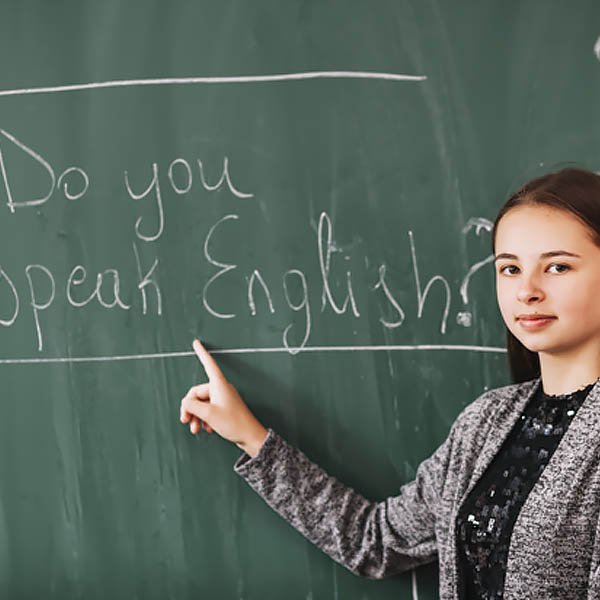
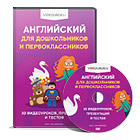
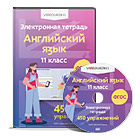
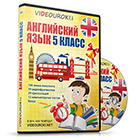
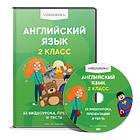
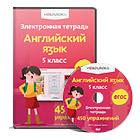
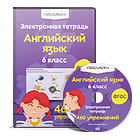
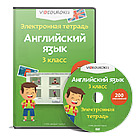
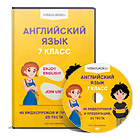
 Days of the week (19.38 KB)
Days of the week (19.38 KB)
 0
0 429
429 7
7 Нравится
0
Нравится
0


